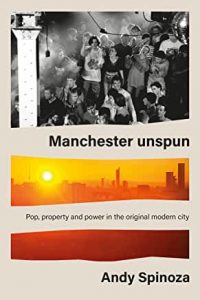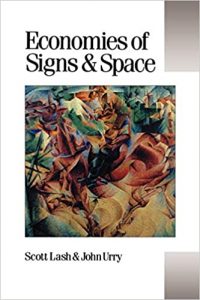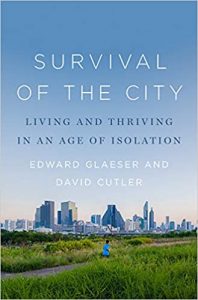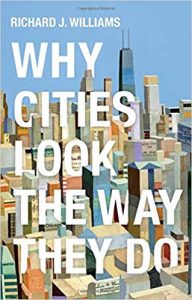One of my all-time favourite books is James Scott’s (1998) Seeing Like A State, because of its sheer capacity to be thought provoking. So I eagerly ordered his new book, Against the Grain: A Deep History of the Earliest States. It is equally well written and enjoyable, ranges across disciplinary boundaries in a most refreshing way, and again compels you to stop and think. But … it just isn’t as persuasive in its big picture perspective on society.
Against the Grain sets up a received wisdom, more or less Whig interpretation, version of early human history as a process of agrarian settlement, urbanisation and progress toward civilisation. There were setbacks and collapses of course, all kinds of bad stuff happened. Still, the contrast between a marginal life as a hunter gatherer and a more prosperous settled existence as a farmer, and the progression to bigger towns, cities and civilisations, has been the narrative.
Scott argues that this narrative is ‘in tatters’ and offers his alternative: that ecological pressures undermined the viability of the happy hunter gatherer life, forcing agrarian settlement in which people were worse off nutritionally. The adoption of crops (wheat & barley) which could be stored, and divided easily, made the settlements attractive booty. So the agriculturalists were not only less prosperous than when fishing or gathering, they also were more likely to become victims of raids by nearby mini-states for both food and prisoners – either to do hard work in mines or fields, or in the case of women to serve as breeding stock or work on textiles.
For sure the conventional account seems to have its anomalies, and it’s easy to accept there are all kinds of unexplained historical developments. But Scott’s alternative narrative has its holes too. For one, he doesn’t explain how the earliest smash-and-grab states came about – what made them become more than their neighbouring impoverished but passive communities.
He also brings to bear an antipathy to state power structures – the same emotion that makes Seeing Like A State, about 20th century state-created disasters, so compelling. Take this example:
“I am tempted to see the late Neolithic Revolution, for all its contribution to large scale societies, as something of a deskilling. Adam Smith’s iconic example of the productivity chains achievable through the division of labor was the pin factory, where each minute step of pin making was broken down into a task carried out by a different worker. Alexis de Tocqueville read The Wealth of Nations sympathetically but asked, ‘What can be expected of a man who has spent 20 years of his life putting heads on pins?’
“If this is too bleak a view of a breakthrough credited with making civilisation possible, let us at least say that it represented a contraction of our species’ attention to and practical knowledge of the natural world, a contraction of diet, a contraction of space, and perhaps a contraction as well in the breadth of ritual life.”
It might be personal taste that makes me shudder with horror at the romantic vision of barbarians roaming the steppes, in harmony with nature, with a rich shamanistic appreciation of the world. But the vision also stumbles against – as far as I know from my amateur reading – good evidence that the slow progress of urbanisation in early history was accompanied by increases in longevity and health, and an economic surplus that enabled some (a slowly growing minority eventually trickling down to the majority) to acquire decorative clothing, jewellry and artefacts. There is also the constant steady flow over the centuries of people from countryside to cities, even though cities are evidently difficult and unhealthy places, even now. There is something very many people find compelling in urban variety and pockets of opportunity. Scott convinces me only this was not a linear Whig-like progression, at least in the ancient earliest eras of which he writes.
Still, this is a book well worth reading, gripping and full of interesting stuff. Not surprisingly, the sections on agriculture are great. “The key to the nexus between grains and states lies, I believe, in the fact that only the cereal grains can serve as a basis for taxation: visible, divisible, assessable, storable, transportable, and ‘rationable’.” No other crops have all these features, he argues. Wheat has a harvest while lentils can be picked at any time. Cassava is left in the ground until needed and can sit there for a couple of years. What is 10% of such a crop? I enjoyed also the section on writing – for accounts – as a key signifier of statehood.
As I finished reading Against the Grain, a couple of very interesting reviews were published. Here is Walter Scheidel in the Financial Times and Samuel Moyn in The Nation.
[amazon_link asins=’0300182910′ template=’ProductAd’ store=’enlighteconom-21′ marketplace=’UK’ link_id=’0eeb9cd9-ab43-11e7-9984-89b5e53301cb’] [amazon_link asins=’B000ORPN8I’ template=’ProductAd’ store=’enlighteconom-21′ marketplace=’UK’ link_id=’1a2992c6-ab43-11e7-b465-51fafcf983ca’]




